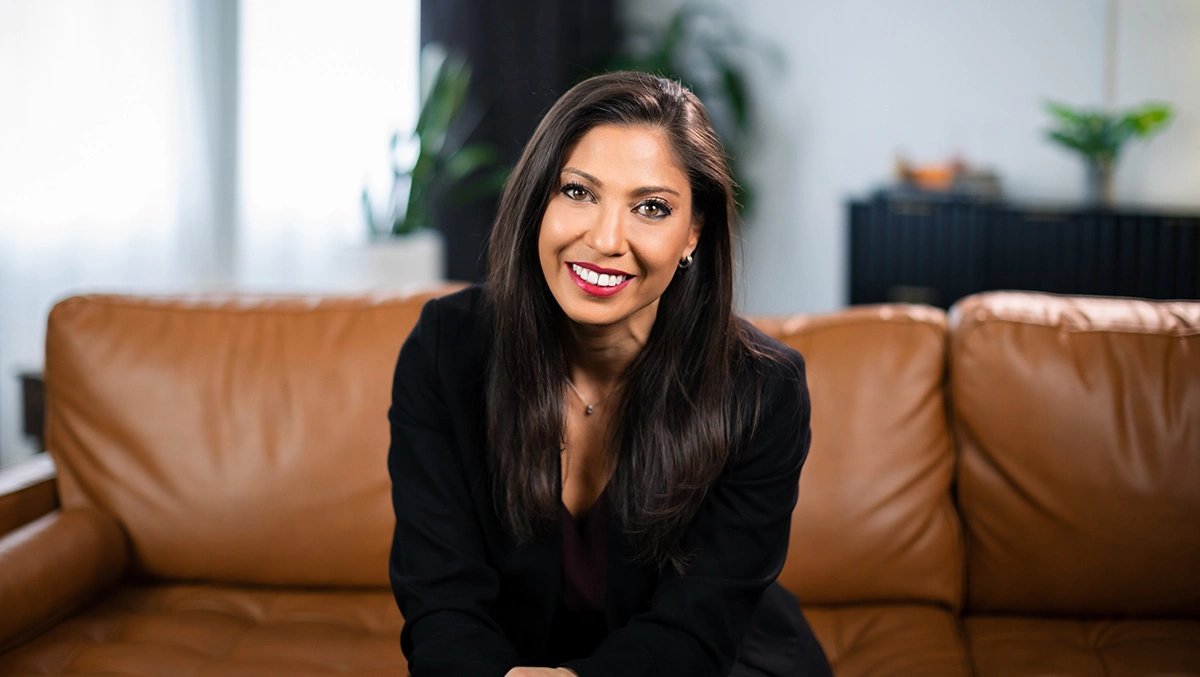
IWD 2024: DEI dilemmas: Why rethinking inclusivity is crucial
In light of the ongoing discussions surrounding gender equality, especially on International Women's Day, it's important to reevaluate our strategies for diversity, equity, and inclusion (DEI). While previously, DEI initiatives have been seen as the solution to exclusionary workplace cultures, it's no surprise that new trends will make us wonder if our efforts might be making things worse.
Im sure Im not the only one who found the recent news from Australian companies troubling: despite what were clearly concerted DEI endeavours, women continue to earn substantially less than their male counterparts across many organisations. It came as a huge shock to many that some of the nation's top brands have disclosed alarming pay gaps, with women earning less than 50 cents for every dollar earned by men. This reality challenges the effectiveness of current DEI strategies and begs the question: is our push for extreme inclusivity really working?
Then there's the recent downsizing of DEI teams, including Zoom's decision to release 150 employees dedicated to DEI initiatives, which raises serious concerns about the sustainability and impact of our current DEI approaches. Clearly, the act of simply allocating resources to DEI efforts is insufficient. Instead, we need a more thoughtful approach to truly fostering inclusivity at work.
As we tackle these DEI challenges, it's crucial to weave our reflections into wider discussions rather than keeping them separate. We need to move away from just ticking boxes and instead focus on meaningful action. Instead of fixating on quotas and small gestures, we must prioritise inclusive leadership that values every voice. This means fostering workplaces where open conversations, empathy, and personal connection are built into the culture.
How do we make this happen? Organisations must invest in training programs that help leaders address biases and effectively lead diverse teams. Inclusive leadership should start from the top, with a strong commitment to talent development that places diversity and inclusion front and centre.
It's not enough to talk the talk on DEI; we need to walk the walk. We must go further than superficial diversity metrics and focus on taking real, concrete steps to create environments where everyone has a fair shot at success. This means constantly practising inclusivity, seeking feedback, and reviewing our progress to embed inclusive principles into the very fabric of our organisations, even when it's difficult.
It's not just about good intentions; it's about strategic departure from the checkbox mentality and a genuine and unwavering commitment to inclusivity at every level of the organisation.
Where do we begin? We can start with a journey of awareness and dialogue, creating safe spaces for sharing experiences and perspectives. By encouraging self-reflection and open communication, we can build empathy and understanding for the diverse members of our workforce.
Personal connection and empathy are key to driving change. Why? Sharing personal stories helps people connect with the DEI cause with tangible significance for all stakeholders involved, transforming it from an abstract goal into a shared commitment to creating a workplace where every voice is valued and respected.
Education and training are crucial parts of this transformative process, and we must equip leaders with the skills to confront biases and effectively lead diverse teams. It's about championing diversity and inclusion from the top down, prioritising inclusive talent development, and fostering a culture of inclusivity that paves the way for enduring change.
But, again, talk and training alone arent enough; we need to act. This entails moving away from numerical quotas and instead prioritising individual qualifications, actively dismantling tokenism, and directly addressing unintended biases. It's these measures that are pivotal in fostering environments where meritocracy truly thrives, and these are the ways we can ensure every individual has an equitable opportunity to excel.
It's true that embedding inclusive principles into our organisation takes commitment to practice, feedback, and ongoing review. But by embedding inclusive behaviours into our daily routines and embracing feedback as a mechanism for growth, we can turn diversity and inclusion from aspirations into tangible realities.
There is no one-size-fits-all solution to DEI. However, by embracing inclusive leadership and approaching the complexities of DEI with thoughtfulness and intentionality, we can create workplaces where all individuals can thrive. Are you ready to rethink your approach to DEI and join us on this journey toward inclusive leadership?